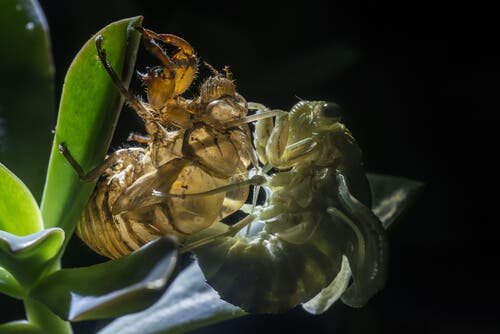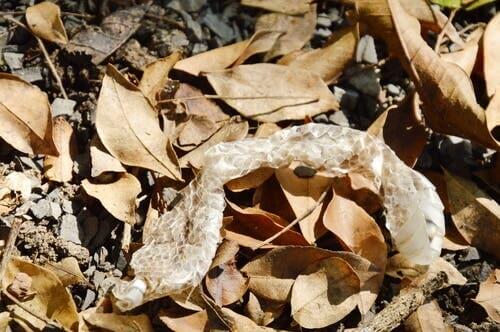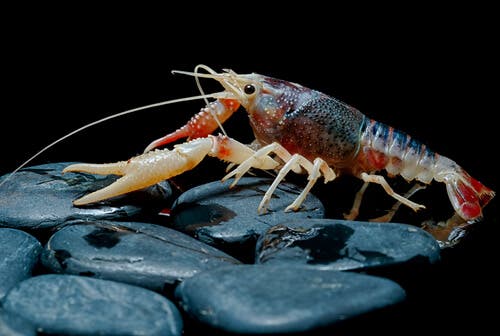Animals that Shed Their Skin

‘Skin shedding’ is the renewal of the body coating in several species of animals, especially reptiles and crustaceans. Learn more about animals that shed their skin below.
Animals that shed their skin: reptiles
A reptile’s skin is thick and protected by hard scales that prevent water loss through the skin and prevent drying or dehydration.
In addition, these animals have pigmented skin – which gives it a green or brown color – and don’t have sweat glands , which is why they don’t perspire.
Reptiles shed their skin so that the outermost layer renews, either completely or partially. The process starts from the head and ends at the tail.
The only species where the transformation is visible is snakes. A few days before shedding, they’re more aggressive and stop eating because they need to put all their energy into the process. In the end , they shed a ‘layer’ that resembles the shape and color of their bodies.

For lizards, crocodiles, and turtles , the change takes place gradually. In many cases, the animal eats the shed skin, and so it’s not always detected.
The time it takes for a skin-muting reptile will depend on various factors, such as the season of the year, the ambient temperature and humidity , and even their age. The young are more likely to shed their skin than adults.
When reptiles prepare to make the change, they look for wet areas or immerses themselves in water. This speeds up the process and makes it easier for the outer layer of skin to peel off.
Crustaceans that shed their skin
Crustacean species are covered by an exoskeleton of calcium carbonate , which forms a rigid shell that protects them at all times. The problem begins when the animal grows and the ‘shell’ becomes too small.
Growth in crustaceans is a complex process and involves several phases: a premolt, an intermolt, a molt, and a postmolt. Throughout them, physiological and morphological changes occur, thanks to which the exoskeleton is replaced by a larger one.

Hormonal factors trigger the cycle and the body secretes different substances that allow the change. When they’ve developed a new exoskeleton – fine and non-calcified – they detach themselves from the old one. They then pick up water to increase the volume and strengthen the new shell.
What happens to birds and mammals?
We automatically think of snakes or crabs in relation to skin molting, but there are other species that also do this once during their lifetime.
Birds molt when they change their plumage according to the season of the year. The old feathers gradually fall apart. The animal isn’t completely naked, but they have to stay on the ground and seek shelter because their wings aren’t covered enough to fly.
This renewal process starts at the head and ends at the tail and develops once or twice a year. When talking about birds of prey , they can only molt once every few years.
Mammals, on the other hand, also have their own version of molting, although not their skin, but their fur. This transformation is gradual and relates to seasonal changes, especially in those animals that live in polar, arctic, or high mountain areas: wolves, foxes, polar bears, rabbits, among others.
To survive the snowy and cold seasons, mammals cover their body with thicker hair. In some cases, it turns white to be camouflaged with ice or snow.